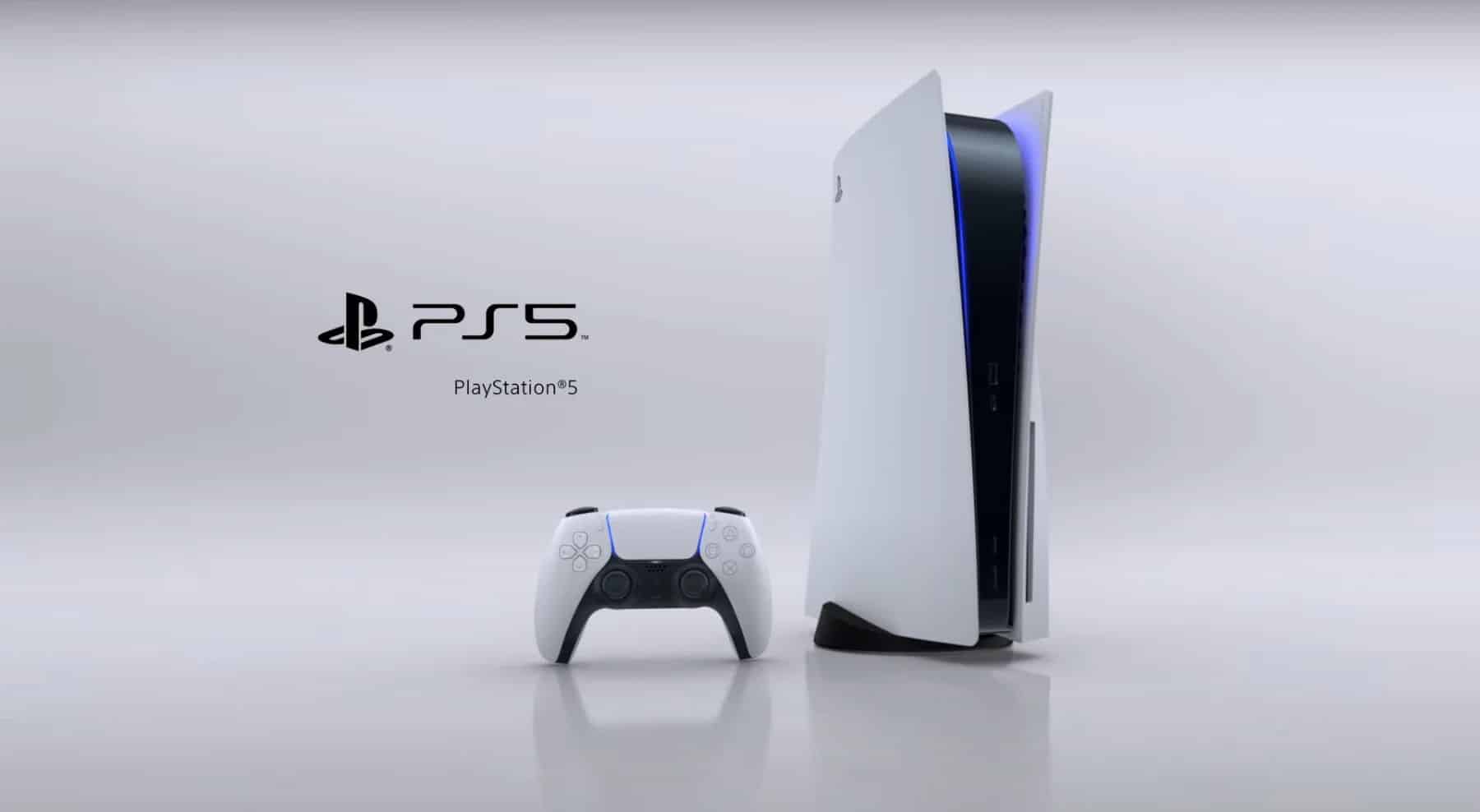Scalpers are a despicable bunch. It's infuriating to patiently await the arrival of the next-gen console, only to have some teenager with a lot of money and time on their hands swoop in, buy up an entire stock of limited consoles, and resell them at almost twice the retail price. Anyone who's been through this knows how downright frustrating it is. Thankfully, Nintendo seems determined to put an end to this madness with its next console.
When questioned by a shareholder about measures to combat console reselling during a Q&A session at Nintendo's latest General Meeting of Shareholders, this is what Nintendo president Shuntaro Furukawa had to say: With regard to resale measures when launching new hardware, we recognize that the most important thing is to first produce and ship in numbers that can meet customer demand. We will then consider whether there are any other possible measures that can be taken. In theory, tackling the issue of scalping seems like a straightforward task, but in reality, it's a much more complex challenge. The use of automated bots by scalpers allows them to snatch up in-demand items in bulk and resell them at exorbitant prices to a desperate market.
From gaming consoles to smartphones, event tickets to everyday essentials like tissue paper (the tissue paper panic rush of 2020), nothing is off-limits. One prime target for scalpers has been Sony's latest console, the PlayStation 5.

